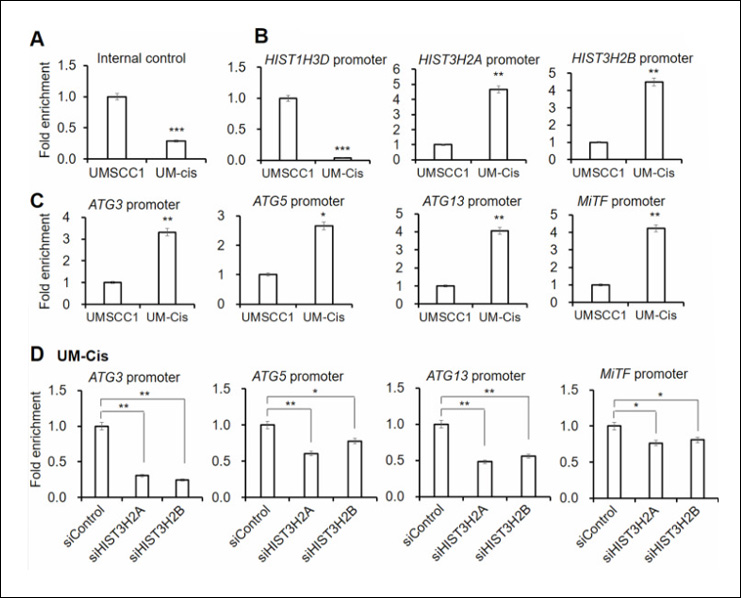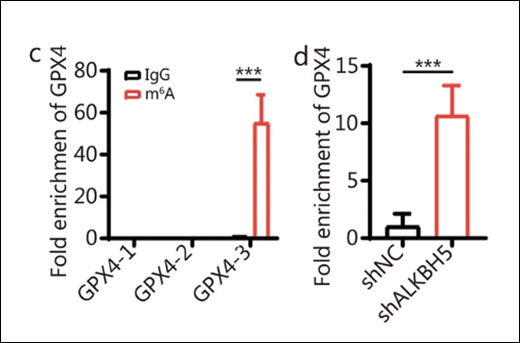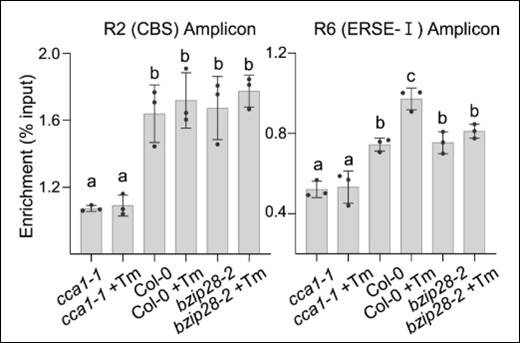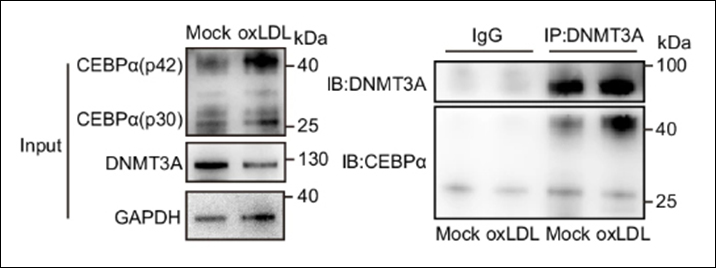Angelin M et. al. (July 2024). Global DNA and RNA Methylation Signature in Response to Antipsychotic Treatment in First-Episode Schizophrenia Patients Neuropsychiatr Dis Treat. 20:1435-1444.
This study investigates DNA and RNA methylation in first-episode schizophrenia patients on antipsychotic treatment. Significant increases in 5-methylcytosine (5mC) and 5-hydroxymethylcytosine (5hmC) were found in patients, especially those non-responsive to treatment. No significant changes were observed for 5-formylcytosine (5fC) and N6-methyladenosine (m6A). These findings suggest 5mC and 5hmC methylation patterns could serve as biomarkers for schizophrenia and treatment response.
Products Used: MethylFlash Global DNA Methylation (5-mC) ELISA Easy Kit (Colorimetric), MethylFlash Global DNA Hydroxymethylation (5-hmC) ELISA Easy Kit (Colorimetric), MethylFlash 5-Formylcytosine (5-fC) DNA Quantification Kit (Colorimetric), EpiQuik m6A RNA Methylation Quantification Kit (Colorimetric)
Dai Y et. al. (July 2024). Carryover effects of embryonic hypoxia exposure on adult fitness of the Pacific abalone Environ Res. :119628.
This study examines the long-term effects of embryonic hypoxia on adult Pacific abalone. Researchers found that moderate hypoxia during the embryonic stage improved hypoxia tolerance in adult abalone without affecting growth or survival. These adults showed physiological plasticity, such as lower oxygen consumption rates and increased basal methylation levels. These findings suggest that early-life hypoxia exposure can enhance resilience to hypoxia in later life, with implications for genetic breeding programs and conservation efforts under climate change.
Products Used: lash Global DNA Methylation (5-mC) ELISA Easy Kit (Colorimetric)
Wang B et. al. (July 2024). WTAP/IGF2BP3 mediated m6A modification of the EGR1/PTEN axis regulates the malignant phenotypes of endometrial cancer stem cells J Exp Clin Cancer Res. 43(1):204.
This study investigates the role of WTAP and m6A modifications in endometrial cancer stem cells (ECSCs). Researchers found that decreased WTAP and m6A levels in ECSCs promote malignant traits such as proliferation, invasion, migration, chemoresistance, and self-renewal. WTAP downregulation reduces m6A modification on EGR1 mRNA, hindering IGF2BP3 binding and decreasing EGR1 stability. Lower EGR1 levels lead to reduced PTEN expression, disrupting cellular homeostasis and enhancing ECSC traits. Overexpressing WTAP, EGR1, and PTEN inhibited ECSC oncogenic effects, suggesting the WTAP/EGR1/PTEN axis as a potential therapeutic target for endometrial cancer.
Products Used: EpiQuik m6A RNA Methylation Quantification Kit (Colorimetric)
Li P et. al. (July 2024). IGF2BP3 suppresses ferroptosis in lung adenocarcinoma by m6A-dependent regulation of TFAP2A to transcriptionally activate SLC7A11/GPX4 Mol Cell Biochem.
This study explores how IGF2BP3 inhibits ferroptosis in lung adenocarcinoma (LUAD) by stabilizing TFAP2A through m6A modification, which then promotes the transcription of SLC7A11 and GPX4. Knocking down IGF2BP3 or TFAP2A induces ferroptosis, increases ROS and MDA levels, and decreases GSH synthesis. In vivo, depleting IGF2BP3 reduces LUAD tumor growth by inducing ferroptosis. Targeting the IGF2BP3/TFAP2A/SLC7A11/GPX4 pathway could offer a new therapeutic approach for LUAD.
Products Used: EpiQuik m6A RNA Methylation Quantification Kit (Colorimetric)
Liu N et. al. (July 2024). LncRNA CARMN m6A demethylation by ALKBH5 inhibits mutant p53-driven tumour progression through miR-5683/FGF2 Clin Transl Med. 14(7):e1777.
This study explores how ALKBH5-mediated m6A demethylation of the lncRNA CARMN inhibits mutant p53-driven colorectal cancer progression via the miR-5683/FGF2 axis. CARMN is downregulated in colorectal cancer patients with mutant p53 due to high m6A methylation, which promotes tumor growth and metastasis. ALKBH5 demethylates CARMN, but mutant p53 impedes ALKBH5 transcription, leading to CARMN degradation by YTHDF2/YTHDF3. Overexpressing CARMN suppresses cancer progression, and miR-5683, a downstream target of CARMN, cooperatively downregulates FGF2 expression. These findings highlight the potential of targeting the m6A-CARMN pathway for colorectal cancer therapy.
Products Used: EpiQuik m6A RNA Methylation Quantification Kit (Fluorometric)
Besaratinia A et. al. (July 2024). The interplay of DNA damage and repair, gene expression, and mutagenesis in mammalian cells during oxidative stress Carcinogenesis.
This study investigates how oxidative stress affects DNA damage, repair, and mutagenesis in mammalian cells. Exposing mouse fibroblasts to oxidative stress led to increased DNA damage and upregulation of base excision repair (BER) enzymes Ogg1, Polβ, and Polκ, while Mutyh and Nudt1 levels stayed the same. The expression of these enzymes correlated with DNA damage and repair patterns, and the mutation spectrum showed errors in bypassing oxidized DNA bases. The findings reveal how oxidative stress influences DNA repair and mutation processes.
Products Used: EpiQuik m6A RNA Methylation Quantification Kit (Fluorometric)




 Cart (0)
Cart (0)













